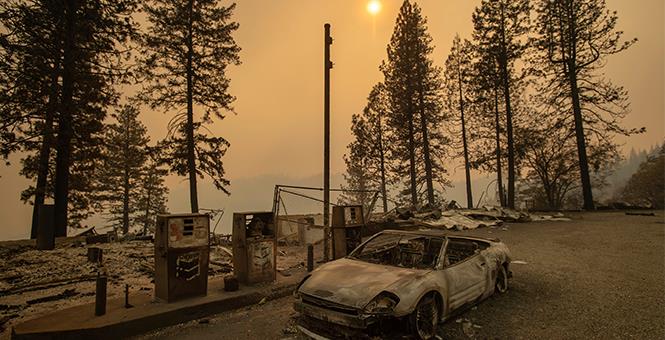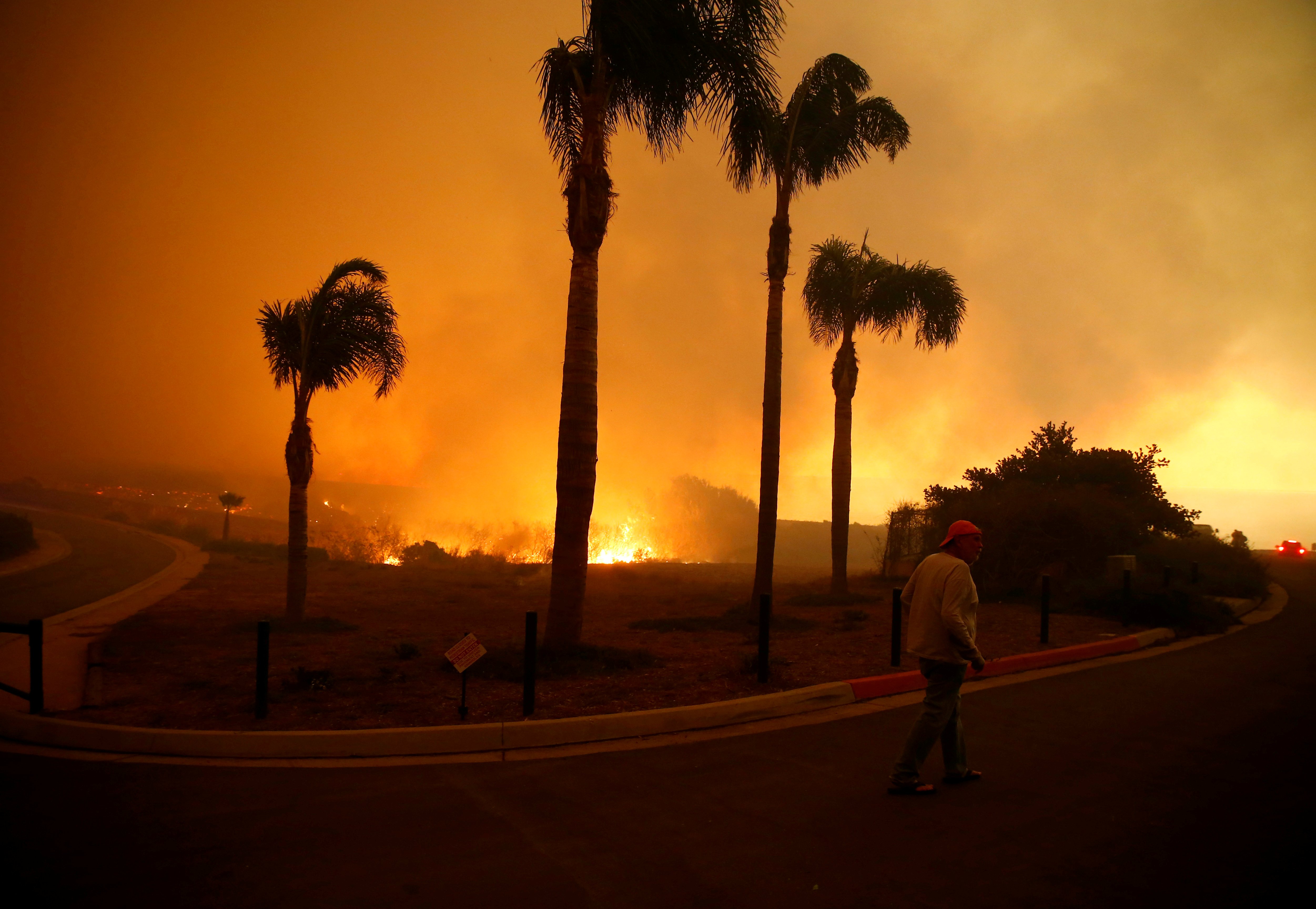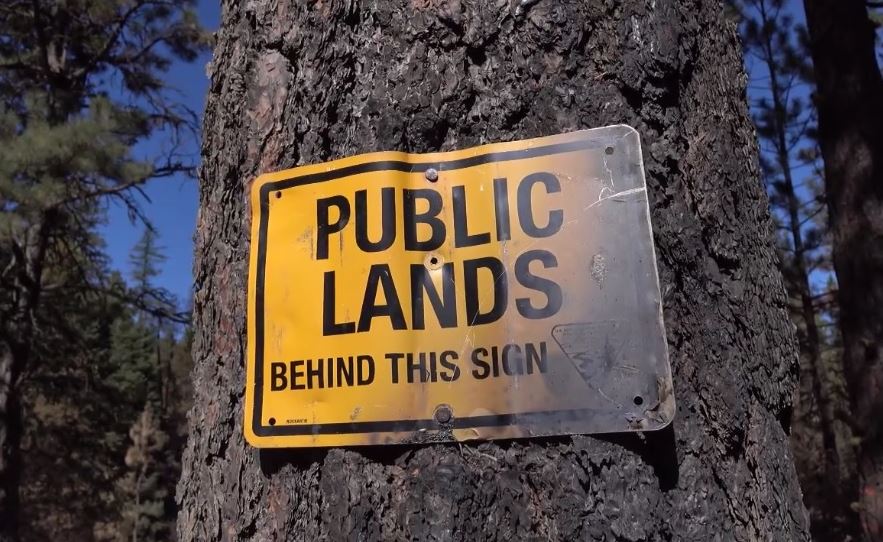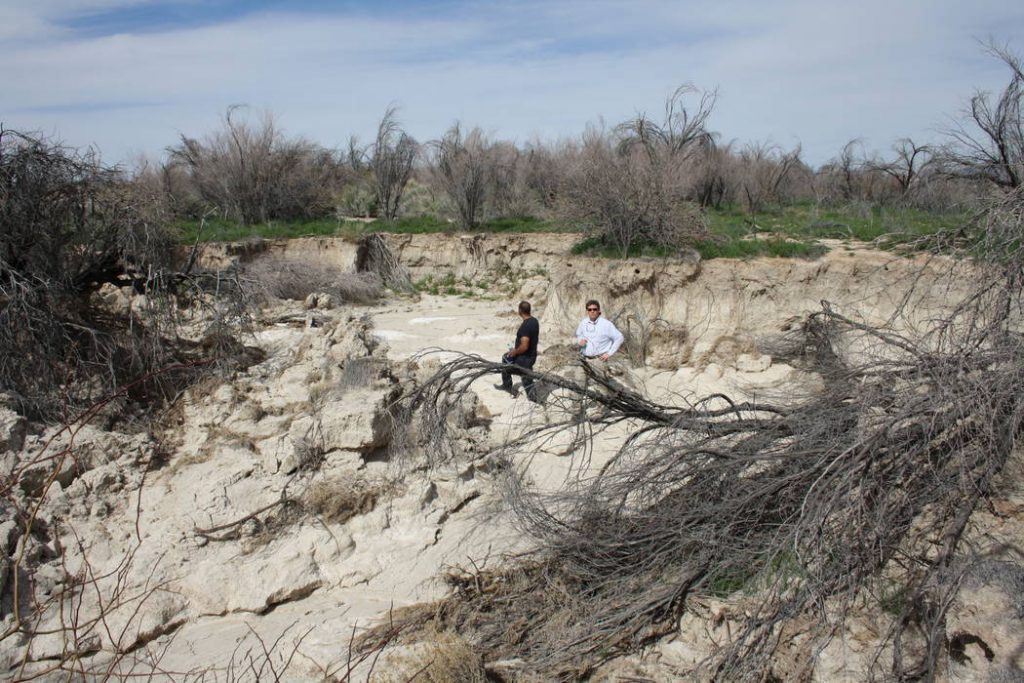In short, to blame the fires in California on the source of a fire’s ignition are attempts by politicians and bureaucrats to mislead the public’s attention away from their culpability for their errant policies that have created the conditions that enable these catastrophes to occur.
By Clifford C. Nichols
Our Government has Allowed Catastrophic Wildfires to Threaten its Citizens
In 2016, California watched the Blue Cut Fire quickly become a massive inferno. Reportedly, it burned with an intensity greater than many firefighters had ever seen. At the time, one fire commander told the Associated Press, “In my 40 years of fighting fires, I’ve never seen fire behavior so extreme.”
In 2017, the Tubbs Fire was even more destructive. By the time it was contained, that fire alone burned an estimated 36,810 acres and killed 22 people.
Today, in 2018, 19 fires are currently raging throughout the state. And among these, just one alone — the Camp Fire — has now been recognized as the largest such catastrophe to ever occur in the state’s history. In all, over 45 people have died throughout the state so far, over 200 people remain unaccounted for, and over 6,700 homes and other structures have been destroyed. And that’s before mentioning all the celebrity homes that have been burned in Malibu.
This is a devastating trend that must be reversed, not only in California but throughout the Western states that have been made to suffer the consequences of such catastrophic wildfires due to mismanagement.
However, to do so will require both our government officials and the public whom they serve to jointly acknowledge the existence of not one — or even two — but three elephants in the room:
1. Most catastrophic wildfires in the Western states, such as we are witnessing today in California, occur within or adjacent to the borders of lands controlled and managed by either the state or the federal government;
2. Environmentalist litigation coupled with concurrent mismanagement by government officials have caused unreasonably excessive forest and brush overgrowth and deadfall to accumulate in recent decades that results in many fires — once started — becoming both explosive and virtually unstoppable; and
3. The cause of a catastrophic fire’s ignition — whether it be an untended campfire, a match, a cigarette, lightning or even “global warming” — is not nearly as important as the need to remove the inexcusably negligent accumulation of combustible fuel load that cause that fire, once ignited, to explode.
A match can be used to light either a candle or the fuse to a keg of dynamite. And, in the case of fires that are ignited on our public lands, which it shall be is mostly within the control of the bureaucrats working in our government.

In short, to blame the fires in California on the source of a fire’s ignition are attempts by politicians and bureaucrats to mislead the public’s attention away from their culpability for their errant policies that have created the conditions that enable these catastrophes to occur.
In the summer of 2016, Donald Trump received a standing ovation at the Republican National Convention when he proclaimed:
“The most basic duty of government is to defend the lives of its own citizens. Any government that fails to do so is a government unworthy to lead.“
Nearly 15 years before he made this declaration, a courageous group of County Commissioners in New Mexico actually attempted to apply this very principle to protect the lives and property of its citizens from unnecessary and unjustifiable exposure to catastrophic fires.
In 2001, no longer willing to ignore the three elephants in the room, they passed what has come to be known in that part of the country as The Otero County Resolution.
Reduced to its essence, it provided:
If one sovereign — whether it be either the federal or state government — is unwilling to fulfill its most basic duty to protect the lives and property of its citizens from catastrophic fires, it should step aside and let another sovereign that is willing to protect those same citizens — like the County government — to remove from public lands such conditions within their jurisdiction that could foreseeably cause such fires.
The following year in 2002, a modified and abridged version of their Resolution was passed by the State’s legislature, enacted into state law by then Governor Gary Johnson and came to be known as Senate Bill 1. Then for the following 9 years, it lay dormant.
It wasn’t until 2011 that the Board of the Otero County Commissioners finally notified the Forest Service of their intent pursuant to Senate Bill 1 to take the actions they deemed necessary to clear the overgrowth and deadfall in forests adjacent to several communities exposed to the danger of a catastrophic fire.
The Forest Service — without giving any good reason — did not approve the measures proposed by Otero County. And when the Board then indicated that it was going to execute their plan anyway, the Forest Service filed suit in 2012 to stop them in federal court.
In other words, the Forest Service wasn’t going to correct the forest conditions to prevent future catastrophic fires, but they weren’t going to allow Otero County to do it either.
In the end — to the shock of very few — the federal courts sided with the federal government.
Free Range Report
Thank you for reading our latest report, but before you go…
Our loyalty is to the truth and to YOU, our readers!
We respect your reading experience, and have refrained from putting up a paywall and obnoxious advertisements, which means that we get by on small donations from people like you. We’re not asking for much, but any amount that you can give goes a long way to securing a better future for the people who make America great.
[paypal_donation_button]
For as little as $1 you can support Free Range Report, and it takes only a moment.



